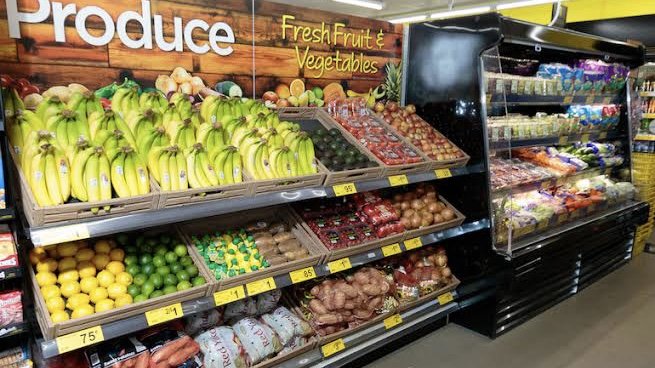Cost increases from grocery suppliers to supermarkets rose further in December 2022 compared to a year ago.
The Infometrics-Foodstuffs New Zealand Grocery Supplier Cost Index l shows a 10.6%pa rise in December 2022.
Challenging local conditions provide upside risk, but international cost pressure trends could provide some relief in 2023.
The Infometrics-Foodstuffs New Zealand Grocery Supplier Cost Index (GSCI) measures the change in the cost of grocery goods charged by suppliers to the Foodstuffs North Island and South Island cooperatives.
The Index utilises detailed Foodstuffs NZ data across over 60,000 products Foodstuffs buys to stock in store, making it the largest dataset of its type in New Zealand, to give a real time view on supplier cost changes.
“Every month, the Index tracks what it costs supermarkets to buy the goods to put on the shelf,” says Infometrics Principal Economist and incoming Chief Executive Brad Olsen. Previous analysis shows that supplier costs are the major component of supermarket prices, representing two-thirds of the on-shelf price.
Due to the usual summer cost change moratorium, the number of items increasing in cost in December 2022 was similar to December 2019.
Moratoriums are used by many companies and industries to minimise system changes and protect trading for customers over the holiday period.
“The moratorium means that the monthly pace of change in the index was lower, but it’s not clear yet if we’re on the cusp of seeing less intense cost pressures in 2023,” says Mr Olsen.
Produce cost increases made up the vast majority of cost changes in December 2022, as is normal for this time of the year.
“Supplier costs remain higher than a year ago across all departments. Produce supplier cost increases accelerated to 24%pa, as various weather-related and other factors contributed to lower supply and higher costs across a number of items,” says Mr Olsen.
Butchery, seafood, and frozen foods supplier costs remain more than 10% higher than a year ago, with broad-based supplier cost increases also observed in chilled foods and grocery goods over the last year.
“Local cost pressures and supply challenges, including labour market pressure, interest rates, stubbornly high inflation, and weather, look set to maintain supplier cost pressure into 2023.”
“However, there is better news on the international front, with shipping costs easing back substantially, global food prices starting to ease, and fuel prices also being tempered.”








